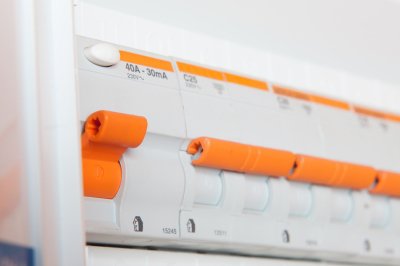When an electrician comes to your home to perform repairs, he may need to access your circuit breakers and electrical panel . Since most electrical panels are covered by doors, this part of your electrical system may seem like somewhat of a mystery. To get the most of your home electrical repairs, you should be sure to learn more about the basics of how your circuit breaker panel works. A licensed electrician in San Jose will be able to answer all of your questions about your electrical system. Here is a quick look at the basics of how your electrical panel works.
Panel of Fuses
When you open the door to your electrical panel, the first thing that you will notice is a panel of fuses. These fuses are also commonly referred to as circuit breaker. Each fuse is connected to the electrical supply in a certain area of your home. If you suddenly lose power to an area of your  house, you may need to flip a circuit breaker to restore your electrical supply. After you open your electric panel, you will also be able to determine the total amperage capacity of your home’s electrical system .
house, you may need to flip a circuit breaker to restore your electrical supply. After you open your electric panel, you will also be able to determine the total amperage capacity of your home’s electrical system .
Main Power Switch
Along with the many different circuit breakers that are connected to different areas of your home, your electrical panel will also contain a main power switch. The main power to your electric panel is typically located at the top of the unit. If your home requires extensive electrical repairs, your electrician may use this switch to temporarily cut the electrical supply to your home.
Power Connection
Your electric panel receives electricity directly from your city’s municipal supply. The electric wires on your street are connected to the electric meter on your home’s exterior. Once electricity flows into the meter, it is sent to your electric panel through a series of wires.


